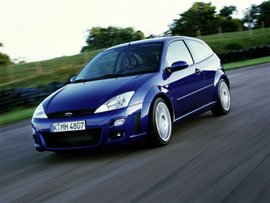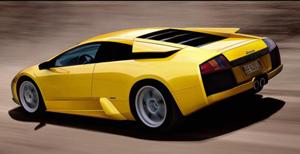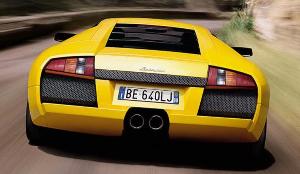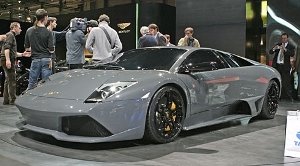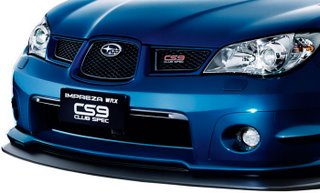 The Porsche Cayman S is a mid-engine 2-seat sports car launched in the 2006 model year. It is based on the Porsche Boxster, but has a stiffer chassis due to its fixed roof, and also benefits from correspondingly stiffer suspension tuning.
The Porsche Cayman S is a mid-engine 2-seat sports car launched in the 2006 model year. It is based on the Porsche Boxster, but has a stiffer chassis due to its fixed roof, and also benefits from correspondingly stiffer suspension tuning.The Cayman S is produced alongside the Boxster by Valmet in Finland. The name "Cayman" is said to be an alternate spelling of caiman, a species of reptile closely related to the alligator, and has nothing to do with the Cayman Islands. Porsche has, in fact, donated to a Stuttgart zoo's caiman exhibit, because of the shared namesakes between the animal and the automobile.
 Some Specifications
Some SpecificationsIt cost roughly about US$58,900 and its 3.4l engine produces 295bhp, that will take you 0-60mph in 5.1 secs.
And i was lucky to be able to test it on a racing circuit yesterday.
Summary
It is definitely one of the cars that you can spend your extra cash on, only if you like to show how rich you are, or you are willing to drive it using only 4 gears out of the 6. Becos, at 4th gear this powerful beast is able to give you up to 130mph.. I suggest you stick to 3rd gear if you have a weak heart.
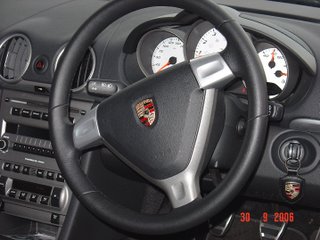 Handling is perfect, very responsive on all pedals. Inside it, nothing is impressive, the basics stuff, cd-radio, a/c and stuff like that, the only thing that is unique is probably the PSM button note1 which is only seen in the new Porsches. And the only thing that tells you its a porsche is of cos the signature badge.
Handling is perfect, very responsive on all pedals. Inside it, nothing is impressive, the basics stuff, cd-radio, a/c and stuff like that, the only thing that is unique is probably the PSM button note1 which is only seen in the new Porsches. And the only thing that tells you its a porsche is of cos the signature badge. Overall score for Cayman S: 8/10 for the 295bhp engine!
note 1 Aiding in the handling department is a standard Porsche Stability Management (PSM) system. PSM tracks driving speed, yaw rate and lateral acceleration. If the 2006 Porsche Cayman S starts to get a little loose, PSM will apply brake pressure as needed to individual wheels to bring everything back in line. The system has supposedly been designed to allow for enthusiast driving, suggesting that PSM waits as long as safely possible before interfering.

